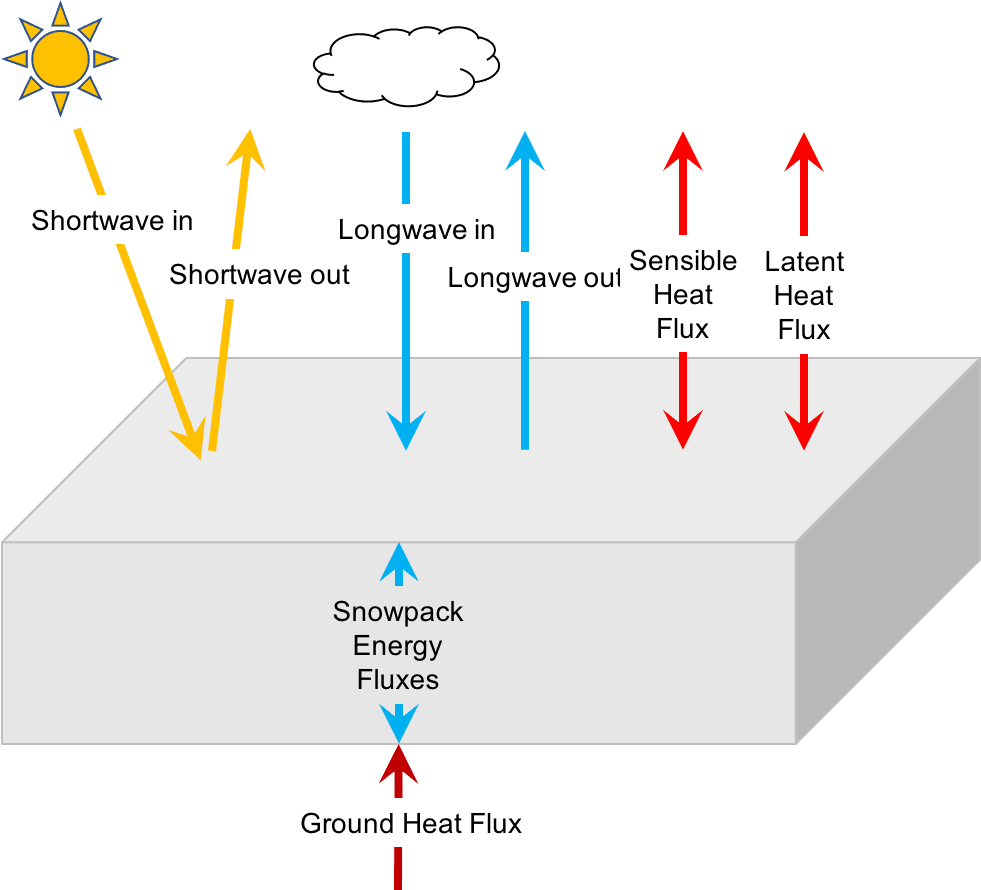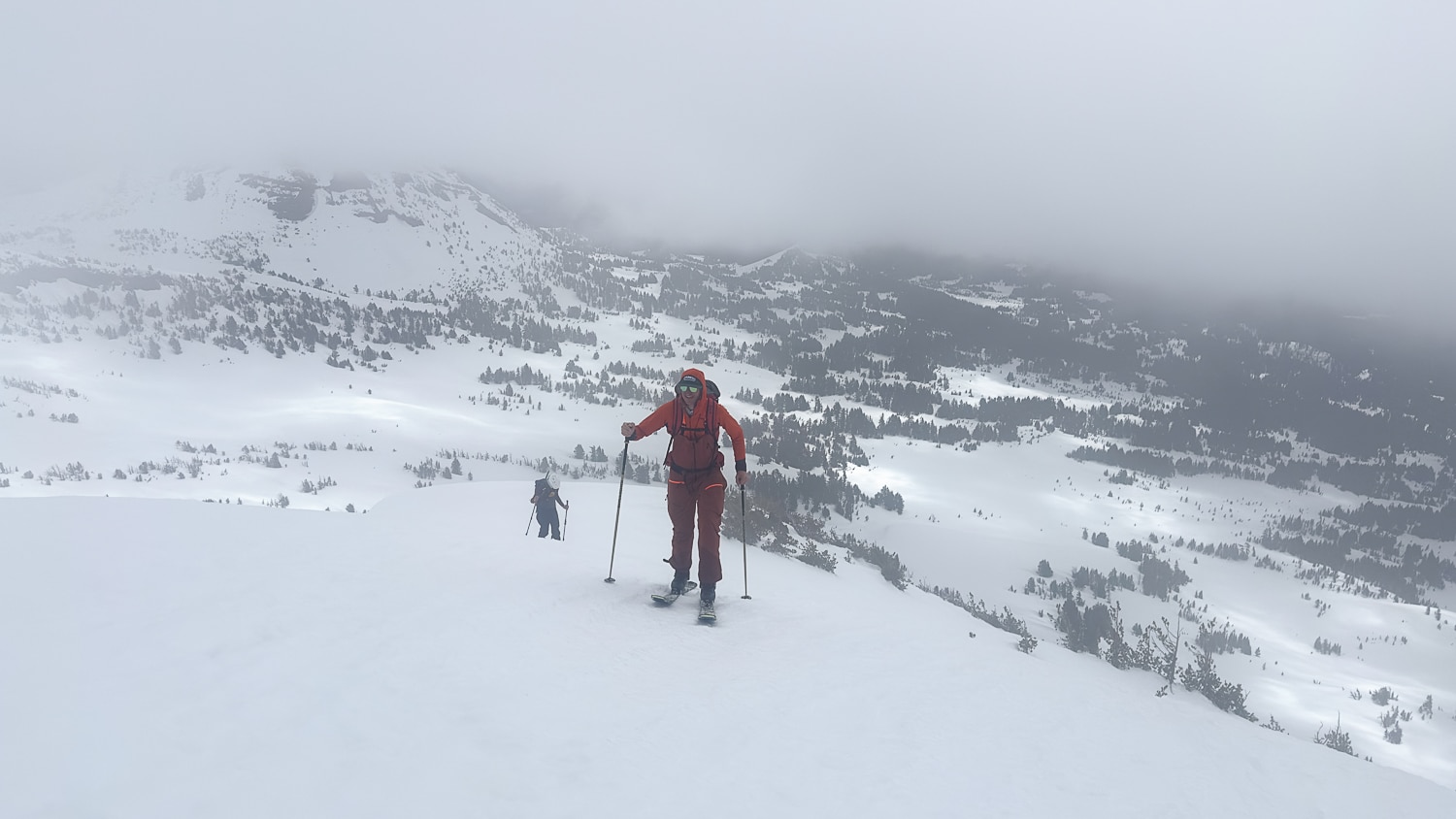Impatience is a thing. As discussed with a partner on a recent ski tour, we agreed that impatience could ruin an otherwise fine day of spring touring. Here’s one scenario. You get up at 3 AM. You headlamp through breakfast and coffee and much of your approach. There’s the sound of chainmail across the snow (ski crampons) and then a creamsicle sky to the east. You top out, sit above the line for the day, and sometimes, wait. And maybe wait some more. In other words, waiting for snow to corn.
Impatience, sometimes, wins out. You’ll know immediately if you’ve been impatient—you’ll be descending firm and less forgiving snow. About four years ago, I began skiing a line that immediately felt too firm. And it was, for my tastes. I pivoted and skied a more forgiving line.






Leave a Reply
You must be logged in to post a comment.